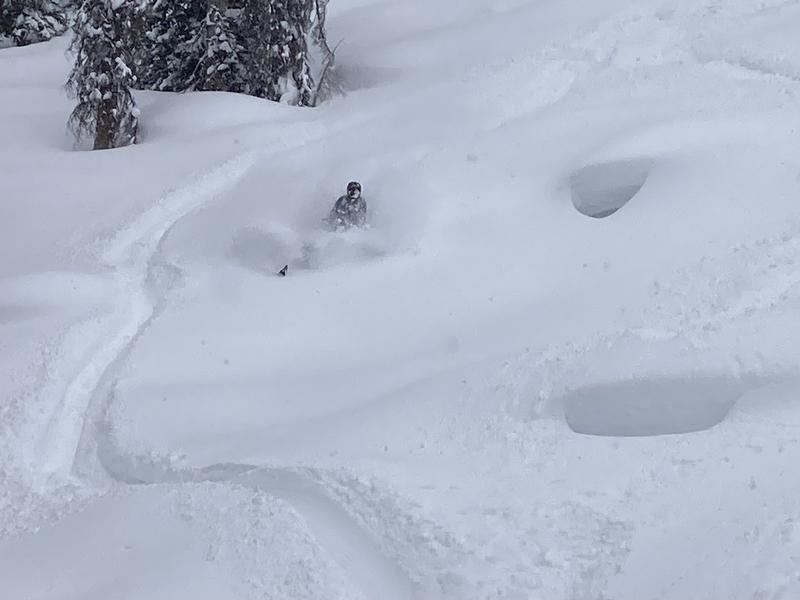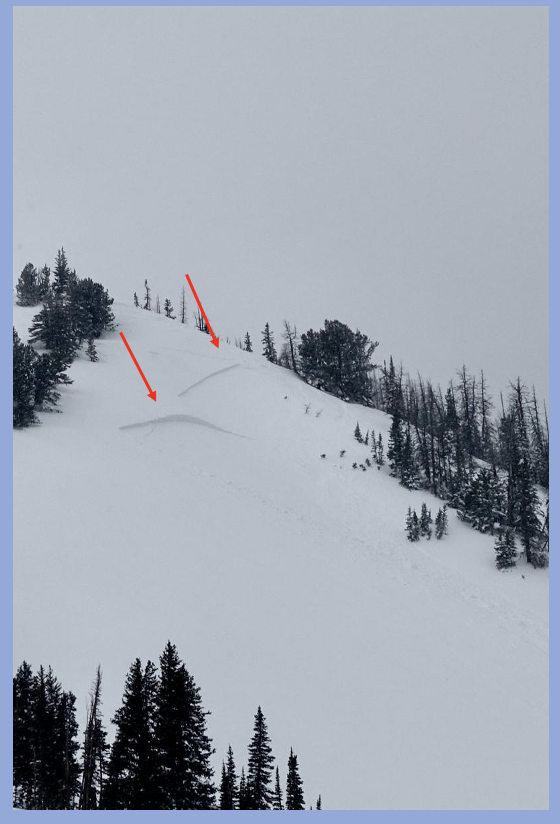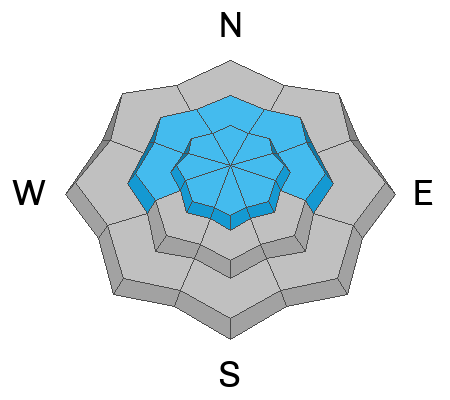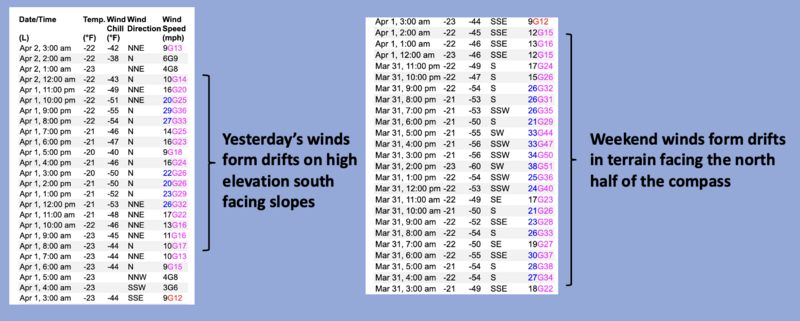Forecast for the Uintas Area Mountains

Issued by Craig Gordon on
Tuesday morning, April 2, 2024
Tuesday morning, April 2, 2024
Get after it before the sun beats you to the punch-
Not widespread and pockety in distribution, size, and scope you'll find MODERATE avalanche danger at above above treeline today. Human triggered avalanches are POSSIBLE around the dial, especially on steep, wind drifted, leeward slopes in high alpine terrain.
Lose the wind and you lose the problem. LOW avalanche danger is found on wind sheltered slopes and most terrain facing the south half of the compass where human triggered avalanches are UNLIKELY.
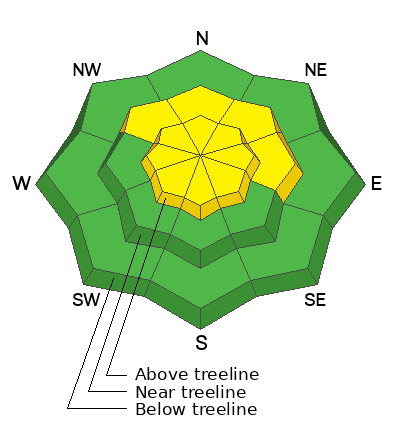
Low
Moderate
Considerable
High
Extreme
Learn how to read the forecast here



